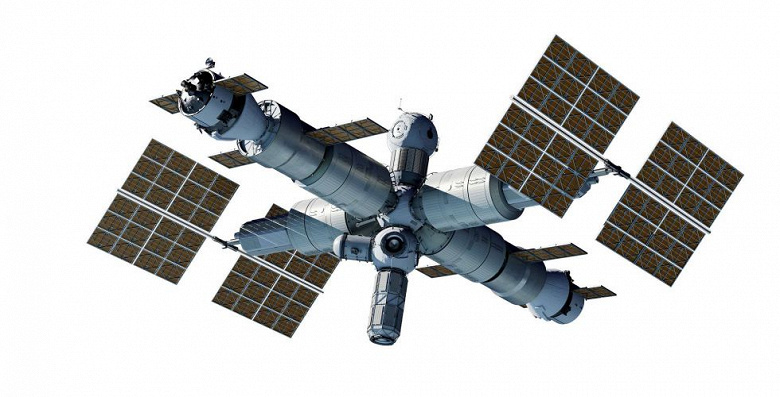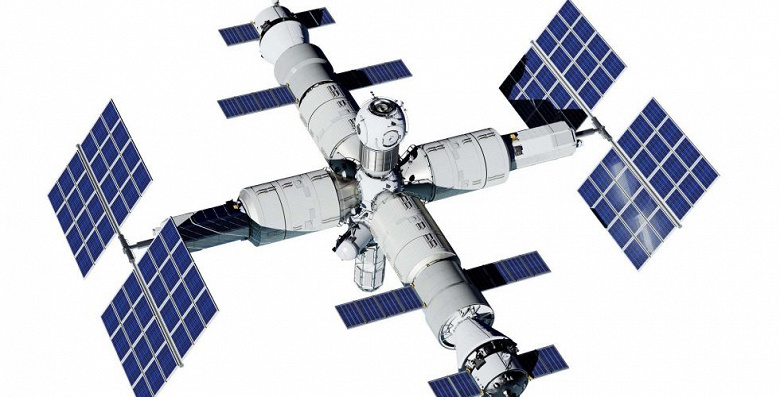From the new station the entire earth's surface will be visible, but from the ISS now only 60%
The press service of Roscosmos reported that the preliminary design of the Russian Orbital Station (ROS) received a positive conclusion and was approved by the state corporation. The Russian orbital station is intended to become the base for the country's manned space program after the completion of the International Space Station (ISS).
One of the key features of the future station was the open modular architecture. The basis of its design — a node module with six docking ports to which other modules are connected. If any of them exhausts its resource, it can be removed from orbit and replaced. Experts note that, if necessary, the service life of the station can be extended by decades.
Another important point — polar orbit in which the ROS will fly around the Earth. The ISS has an orbital inclination of less than 52 degrees; it is planned that the new station will reach 97 degrees. This will give an overview of the entire earth's surface, including the strategically important Northern Sea Route for Russia. Currently, astronauts aboard the ISS can see only about 60% of the earth's surface, of which only about 10% — This is Russian territory. The station will also receive guaranteed stable communication with the ground control complex.

In addition, at the ROS it will be possible to test and test technologies for equipment that is in demand in the domestic astronautics, for example, radars and high-power antenna systems. To ensure such work, they plan to use lost technologies that were not used on the Russian segment of the ISS, for example, power gyroscopic complexes (gyrodynes), which allow maintaining the station’s orbit without engines and saving fuel.
The deployment of the Russian orbital station is planned for the period from 2027 to 2032. First, the scientific-energy, hub and gateway modules will go into space, and then the base module will be launched, which will take over the functions of managing the station. After this, the development of the station will continue with target modules. Unlike the ISS, the new Russian station will be able to operate without the constant presence of astronauts (in visiting mode) to save resources.

